I just love Indian food. It’s all about the rich flavors, vibrant colors, and aromatic spices that can transform any dish into a feast for the senses. With just a handful of essential ingredients, you can whip up something truly delicious and authentic. Let’s check out what these game-changing ingredients are and how they can elevate your culinary creations.
Coriander Powder
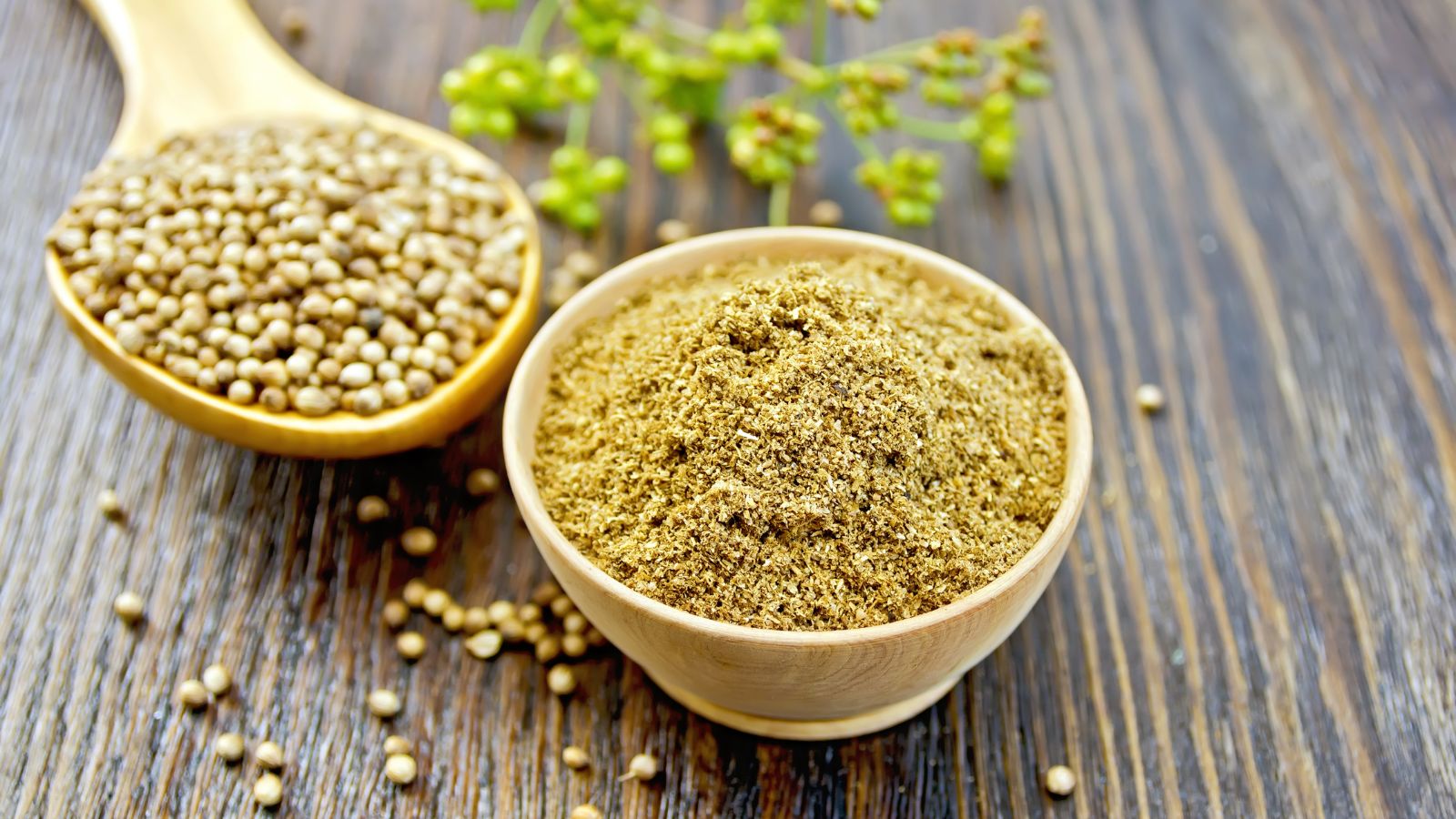
Derived from the seeds of the cilantro plant, coriander powder is the cool, calming cousin in the spice family. It has a lemony, slightly sweet flavor that complements both the fiery and subtle elements of Indian dishes. It’s versatile, too – perfect for balancing out the heat in spicy recipes or adding a hint of freshness to milder creations. A sprinkle here and there, and your dish gains an extra layer of flavor complexity.
Mustard Seeds
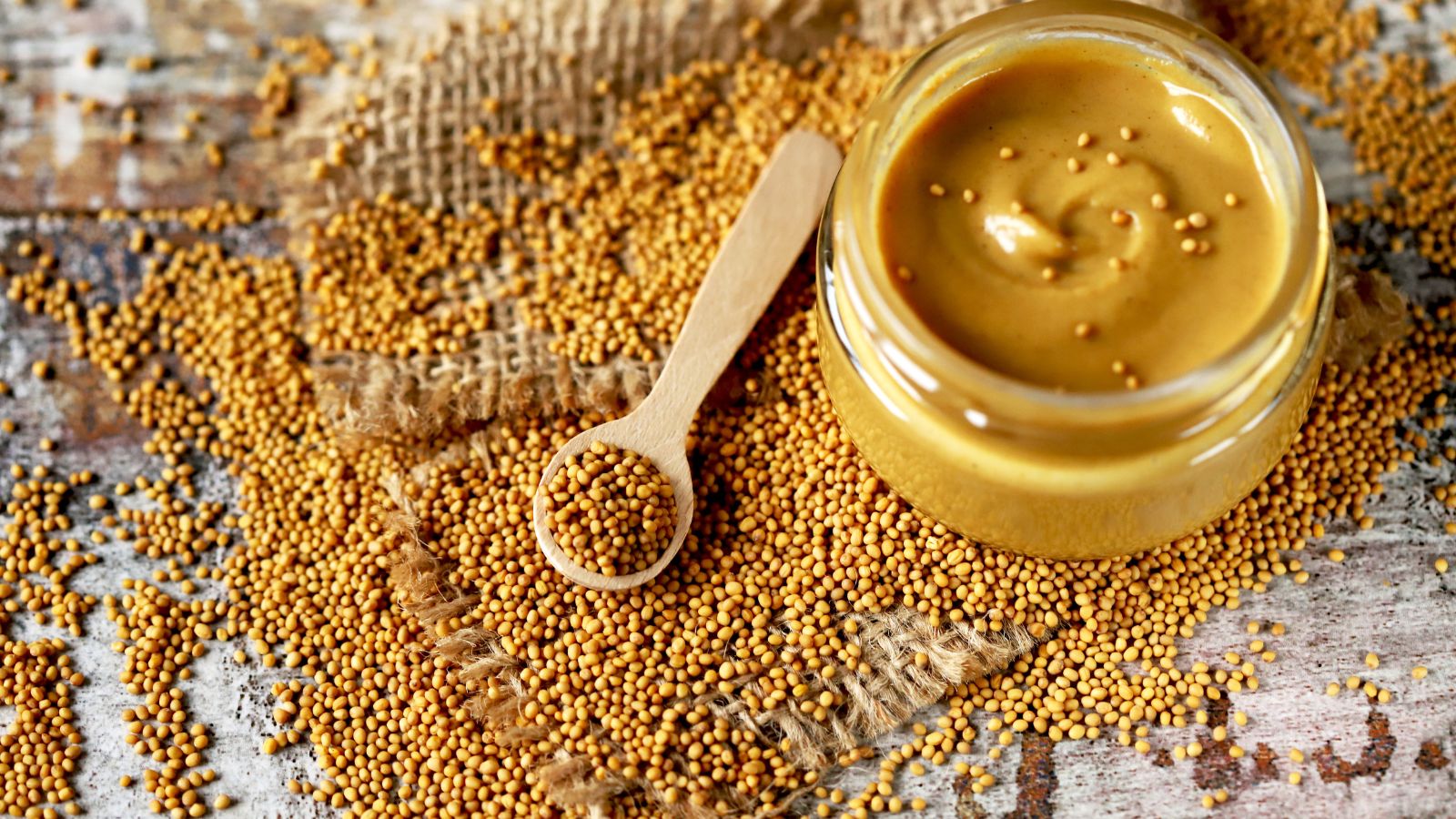
When these little guys hit hot oil, they pop and dance, releasing a nutty, fiery flavor that’s characteristic of many Indian temperings. Mustard seeds are fundamental in adding an initial burst of flavor to dishes. Whether you’re making a sizzling tadka for your dal or infusing oils for pickles, these seeds are your go-to for that distinct Indian flavor kick.
Cumin Seeds
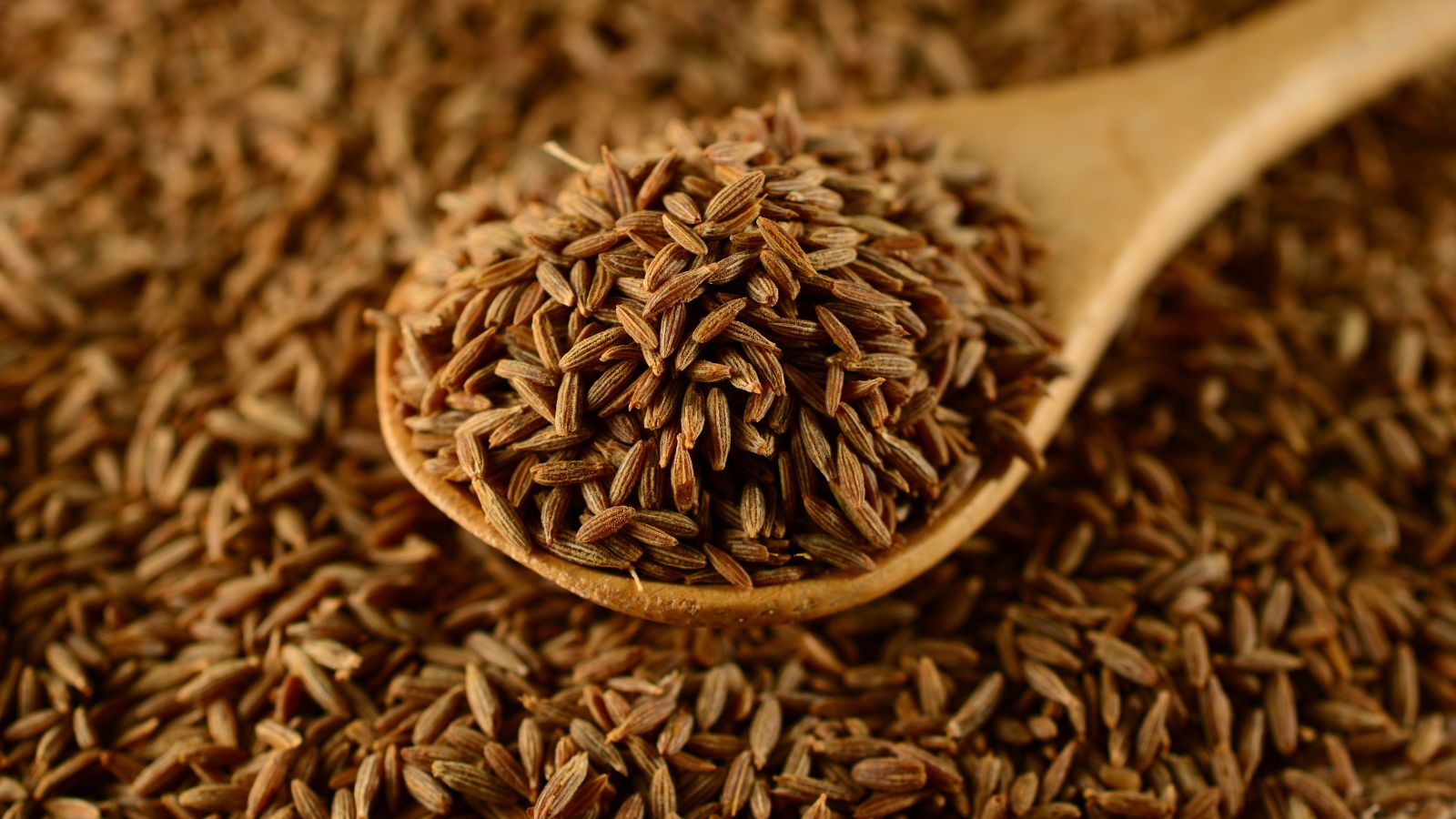
Cumin seeds are the unsung heroes of Indian cuisine. These tiny, aromatic seeds pack a punch of earthy, slightly bitter flavor that’s essential in countless dishes. Whether you’re toasting them to release their fragrance or grinding them into a fine powder, cumin seeds add depth and complexity to everything from curries and soups to bread and rice. It’s that magical ingredient that makes you go, “Hmm, what’s that amazing flavor?”
Turmeric Powder
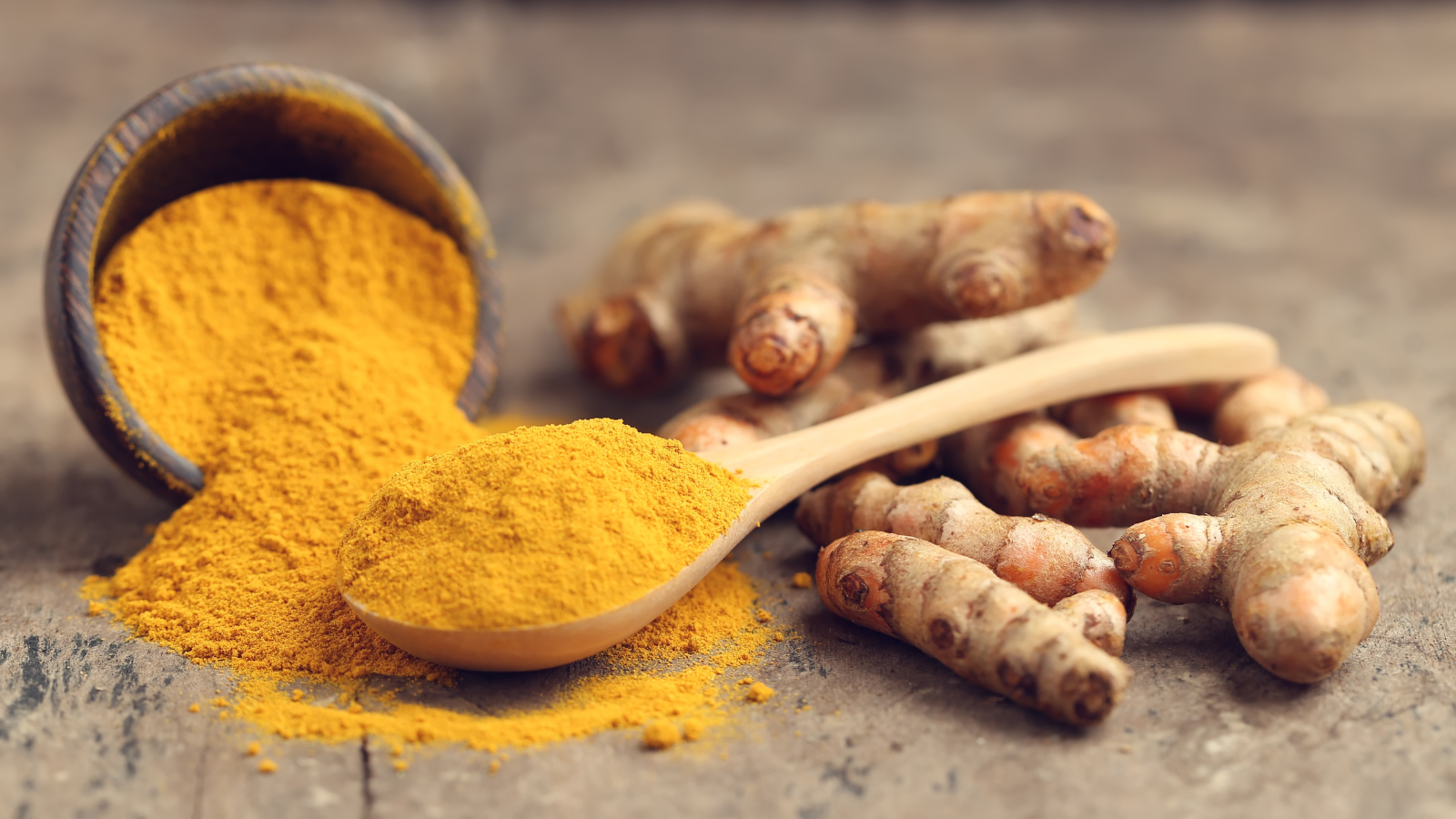
Turmeric isn’t just a spice; it’s a splash of sunshine in your cooking, bringing its vibrant yellow hue and a host of health benefits to the table. This ground spice offers a warm, bitter taste and an earthy aroma, making it a staple in Indian kitchens for both its color and flavor properties. From lending a golden touch to curries and rice to being celebrated for its anti-inflammatory qualities, turmeric is truly a wonder spice.
Garam Masala
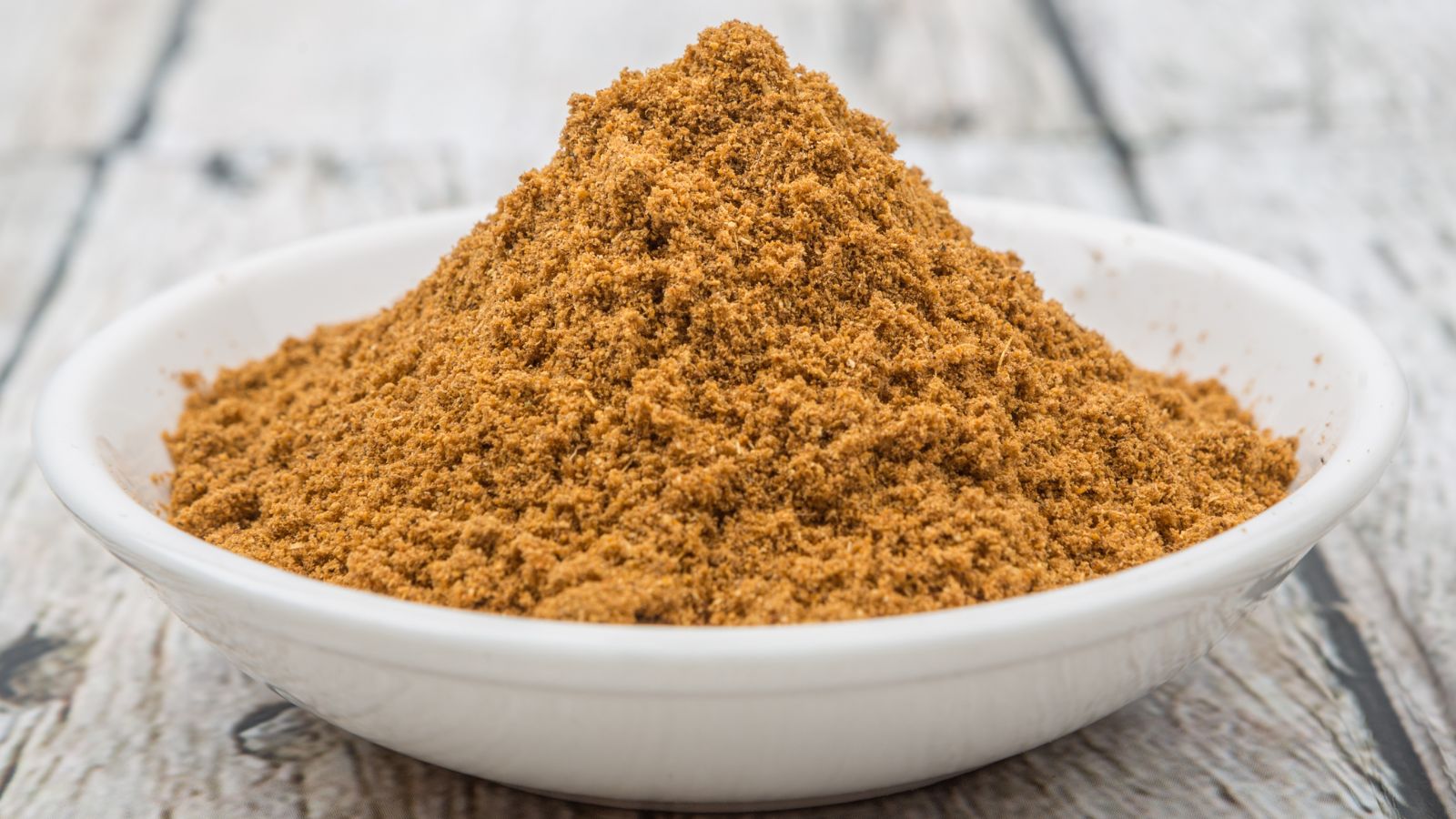
This powerhouse blend of spices is like a secret handshake in Indian cooking. Garam masala varies by region but typically includes cinnamon, cardamom, cloves, and nutmeg, offering a warm, aromatic bouquet that instantly lifts any dish. Sprinkle a bit into your dal, veggies, or meat dishes towards the end of cooking, and watch how it brings all the flavors together in a cozy, fragrant embrace.
Chili Powder

Heat seekers, rejoice! Chili powder in Indian cooking isn’t just about the spice; it’s about adding color, depth, and an unmistakable warmth to your dishes. Adjust the amount to suit your heat tolerance, but even a pinch can transform a dish from flat to fabulous. It’s the difference between a good meal and a great one, bringing a lively zing to everything it touches.
Asafoetida (Hing)
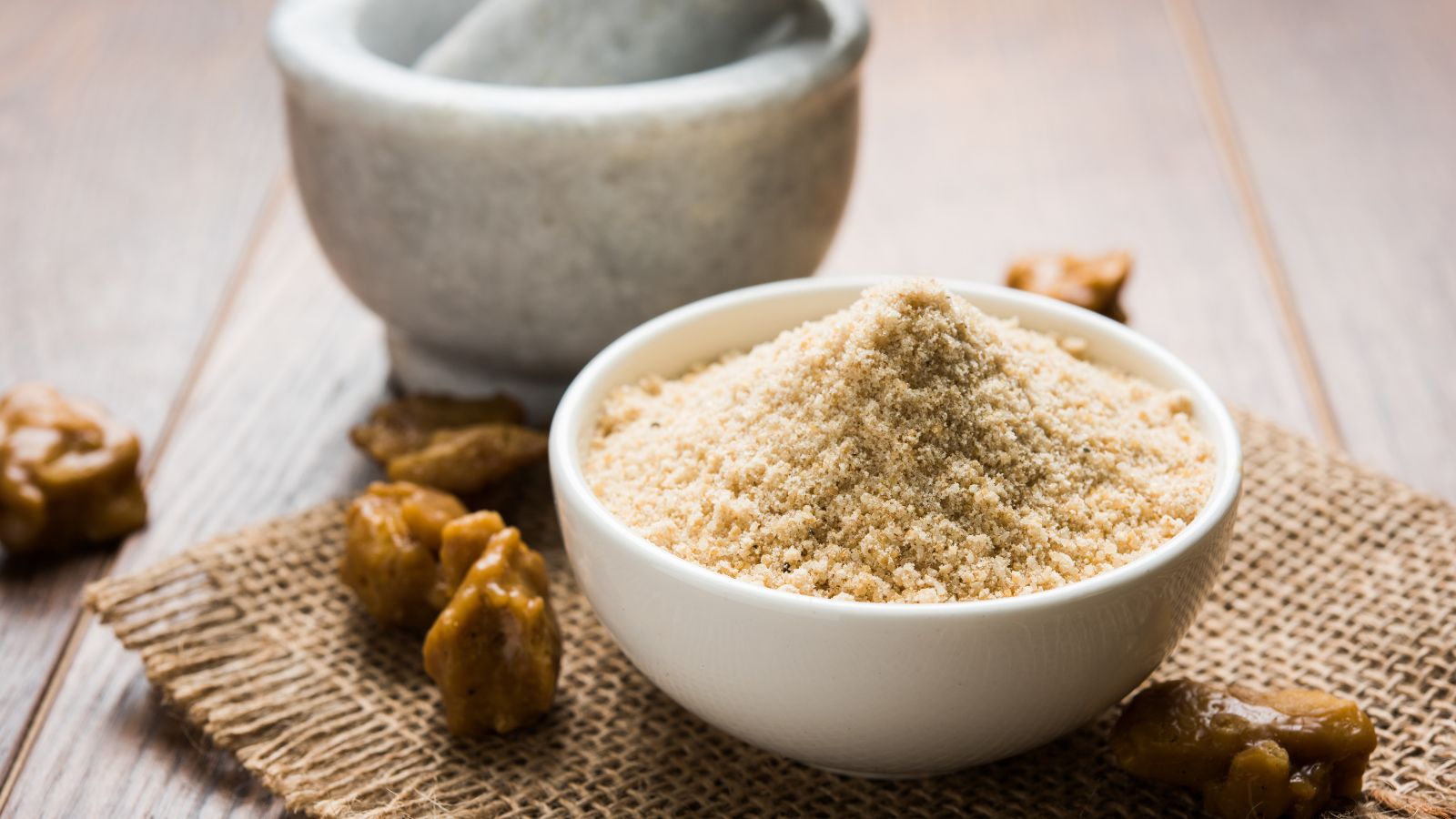
This pungent, resinous spice is a game-changer for vegetarian cooking, adding a savory depth that mimics the flavor of onions and garlic. A tiny pinch of asafoetida dissolved in hot oil can do wonders for your lentils, soups, and snack recipes, making them sing with a complex, umami-rich flavor. It’s one of those secret ingredients that, once discovered, you’ll wonder how you ever cooked without it.
Cardamom
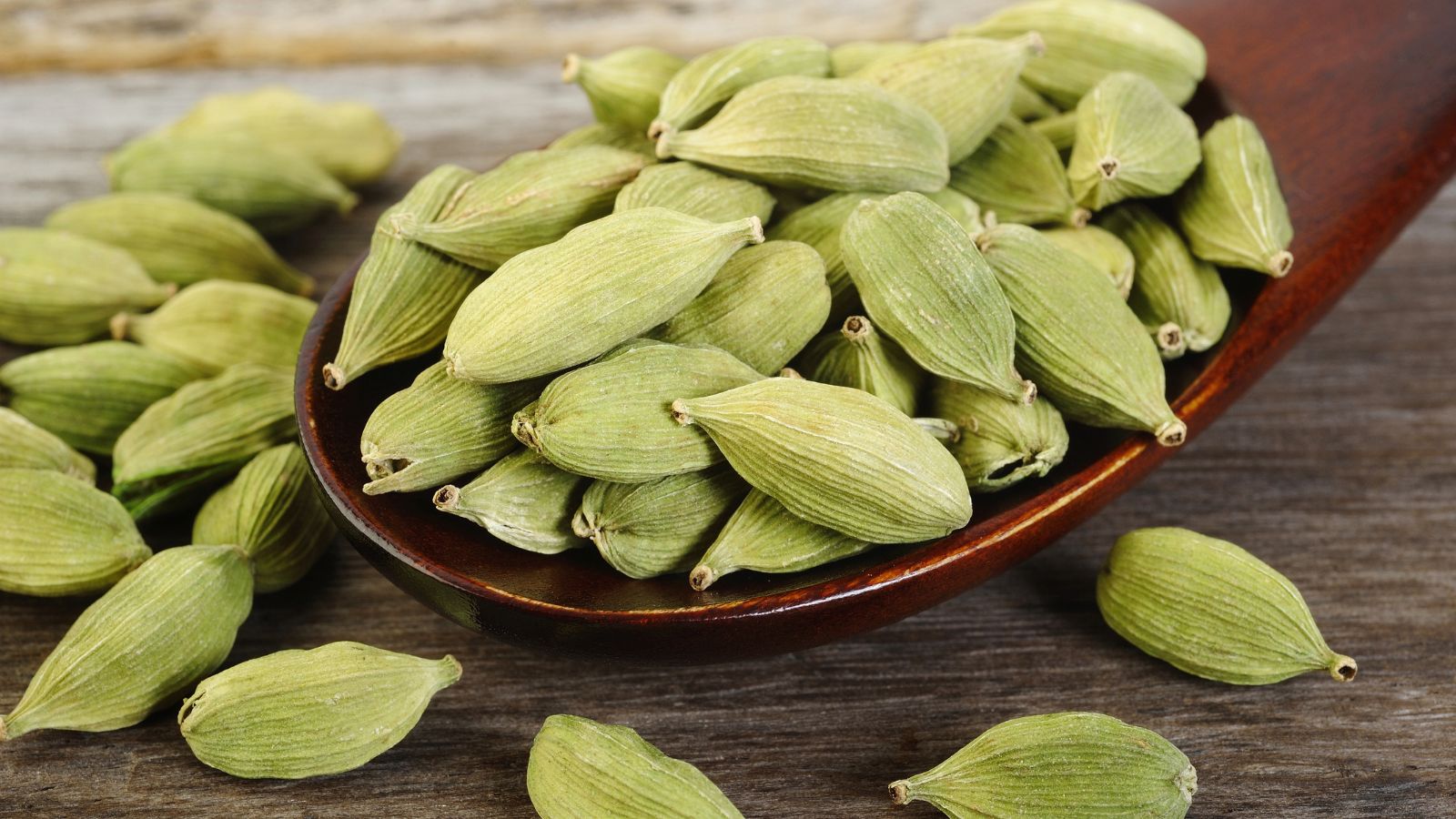
Cardamom is the queen of spices in Indian desserts and chai, but its uses go far beyond sweet treats. These aromatic pods can be used whole or ground, adding a sweet, floral note to your dishes that’s both refreshing and intoxicating. Whether it’s sprucing up your rice or infusing your meats with a fragrant twist, cardamom is a versatile spice that elevates any dish it graces.
Cloves
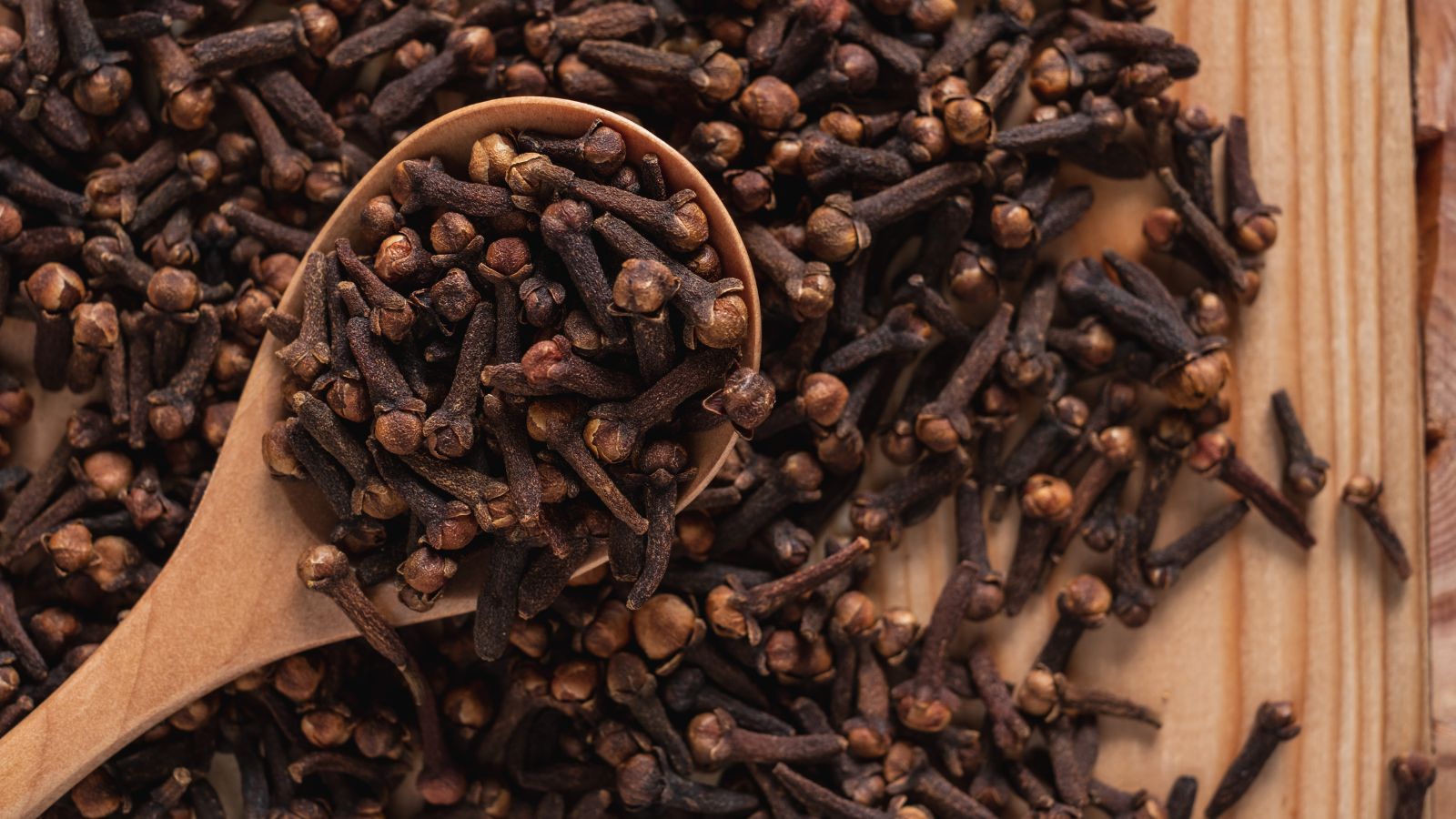
Cloves are the tiny but mighty warriors of flavor, bringing a strong, warm, and slightly sweet taste to the table. They’re a key component in spice blends like garam masala but stand out on their own in rice dishes, curries, and even in tea. Adding just a few cloves can transform your dish with their intense aroma and depth, making each bite a little more memorable.
Fenugreek Seeds
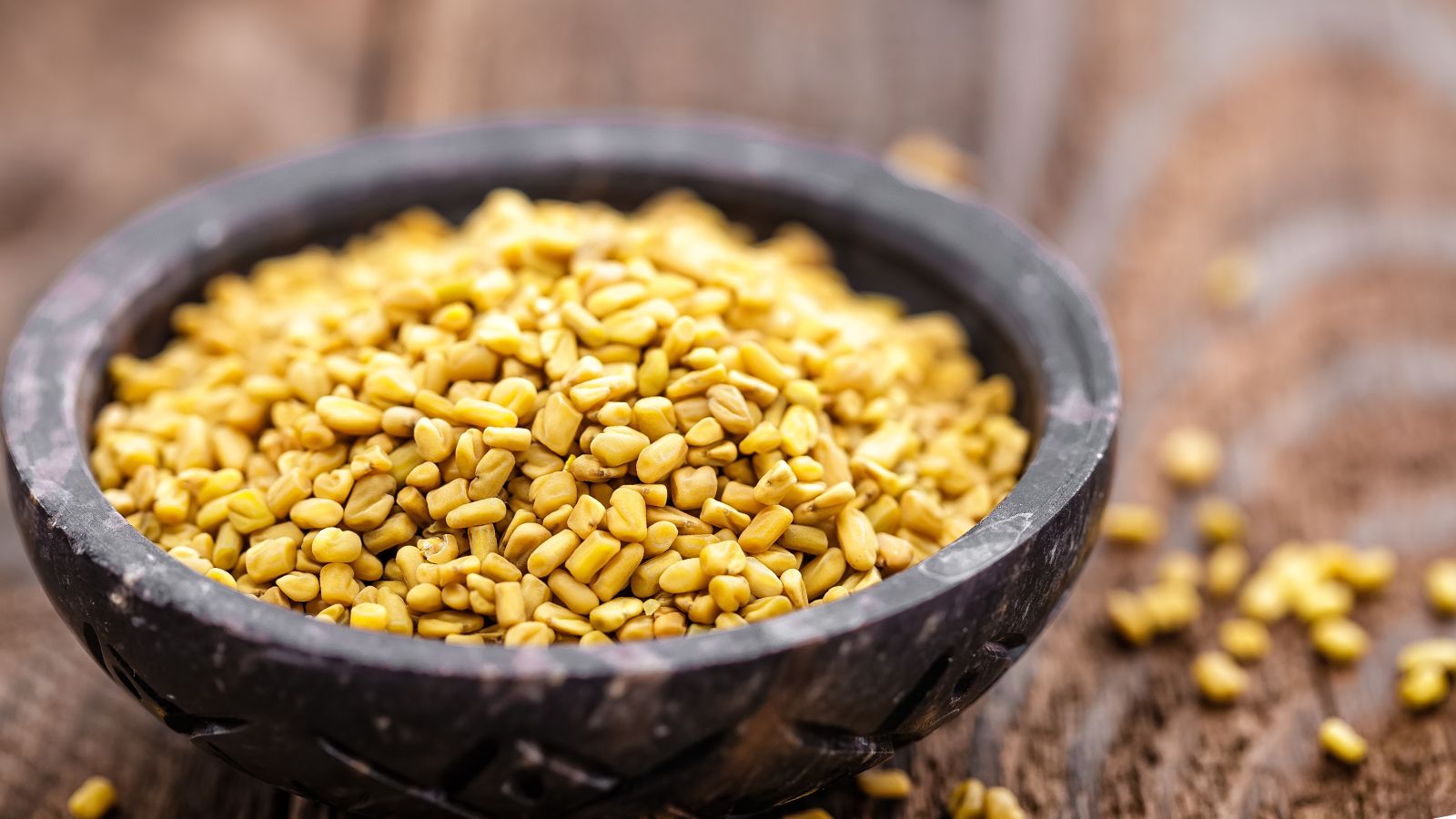
With their bitter taste and powerful aroma, fenugreek seeds are the unsung heroes of flavor in Indian cuisine. They’re essential in spice mixes and dishes like fenugreek leaf chicken, where they impart a uniquely sweet and nutty flavor. These seeds can be magical in small doses, adding complexity to curries, stews, and even breads, enhancing the overall taste profile of your meals.
Ginger
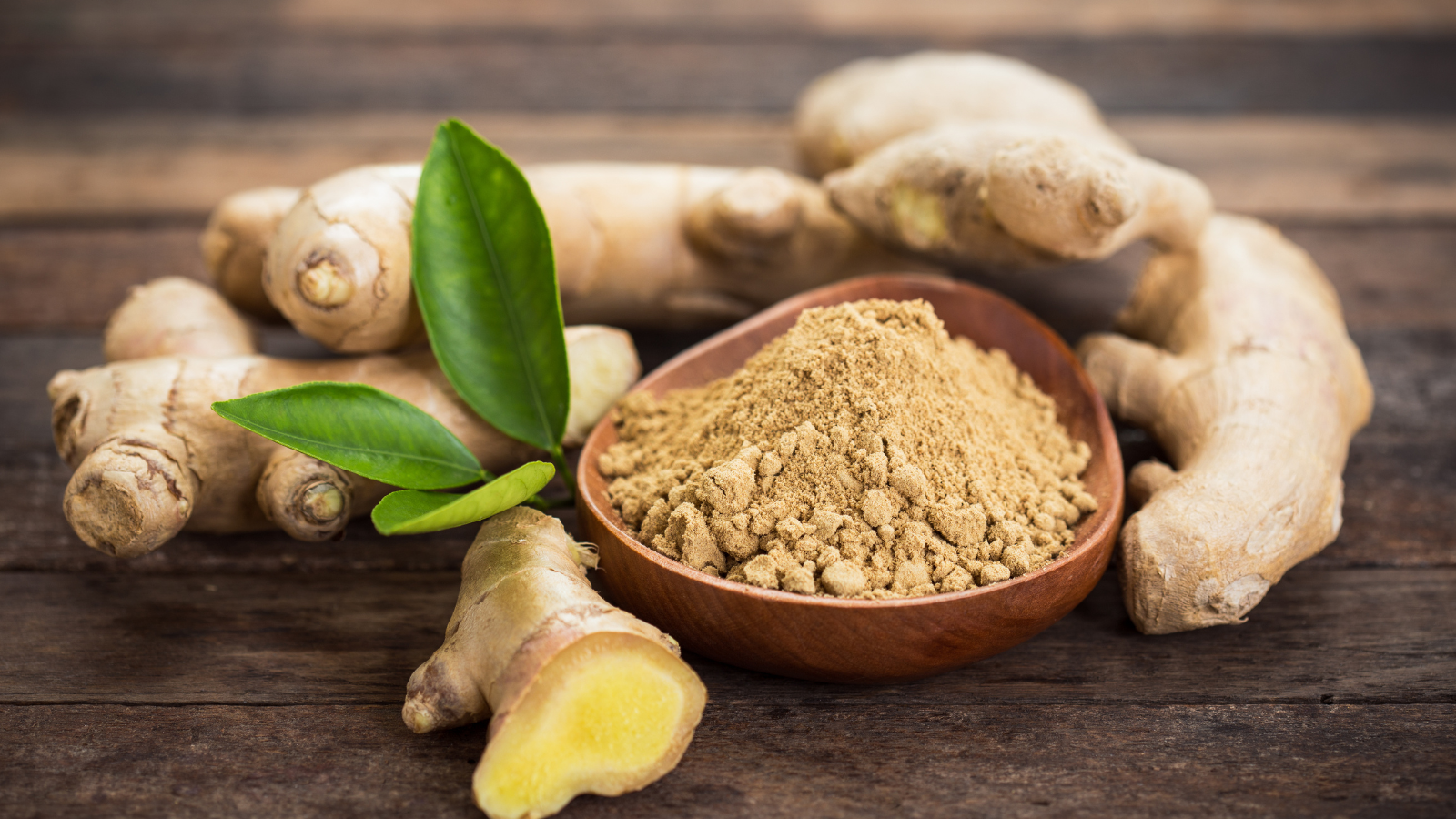
Fresh ginger brings a zesty, fiery punch to the party, adding both heat and brightness to dishes. This root is indispensable in Indian cooking, grounding the flavors with its sharp, somewhat sweet profile. Whether minced, grated, or sliced, ginger works its magic in marinades, stir-fries, and curries, bridging the gap between spice and sweetness, and adding that spark of freshness every great dish needs.
Garlic
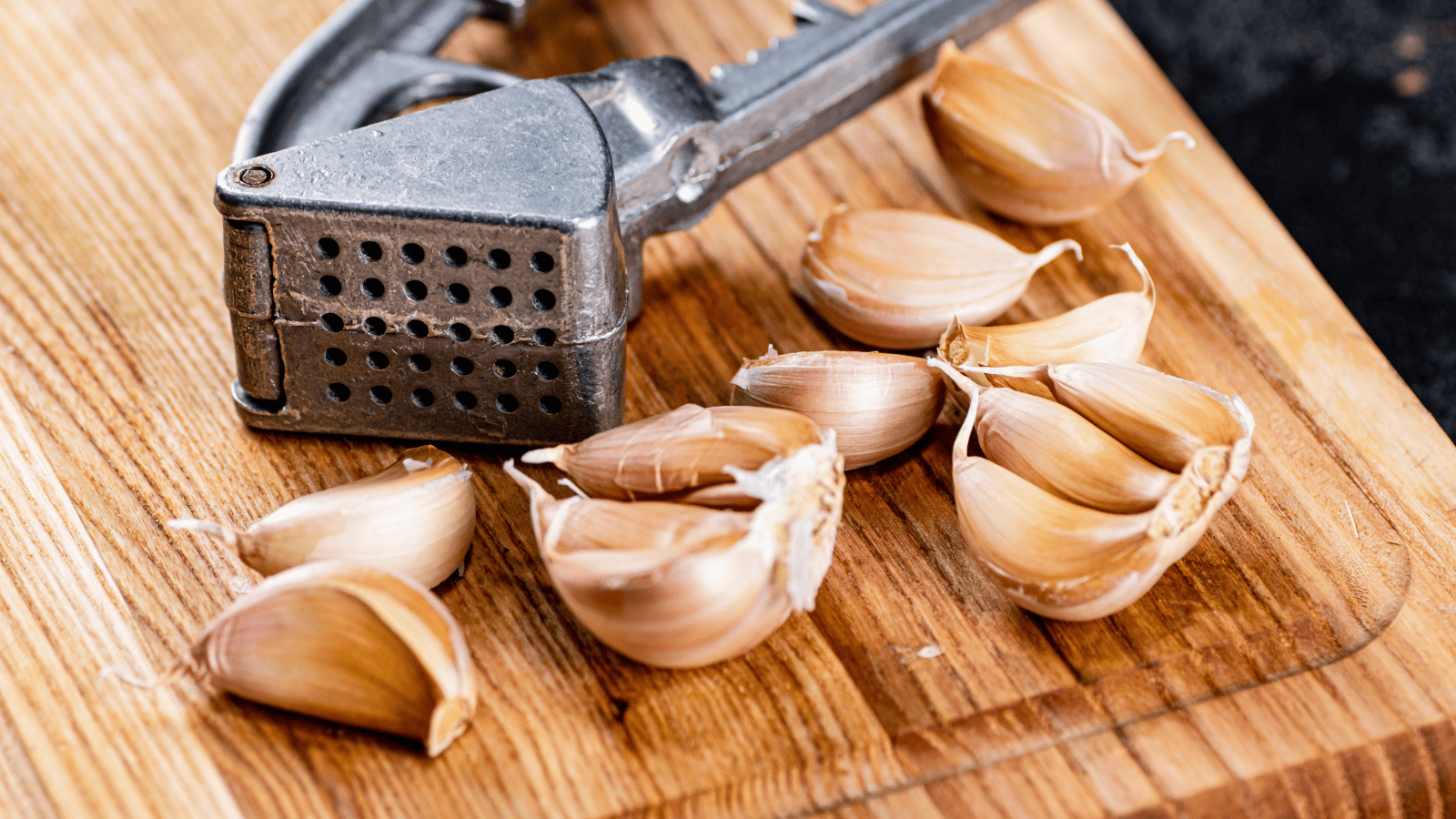
Garlic is the backbone of flavor in Indian cuisine, delivering a robust, pungent taste that’s hard to beat. Its versatility shines through in pastes, sautéed mixes, and as whole cloves, enriching dishes with a depth of flavor that’s both bold and comforting. Garlic’s ability to enhance the savory notes of vegetables, meats, and lentils alike makes it a staple in kitchens looking to add that extra oomph to their cooking.
Bay Leaves
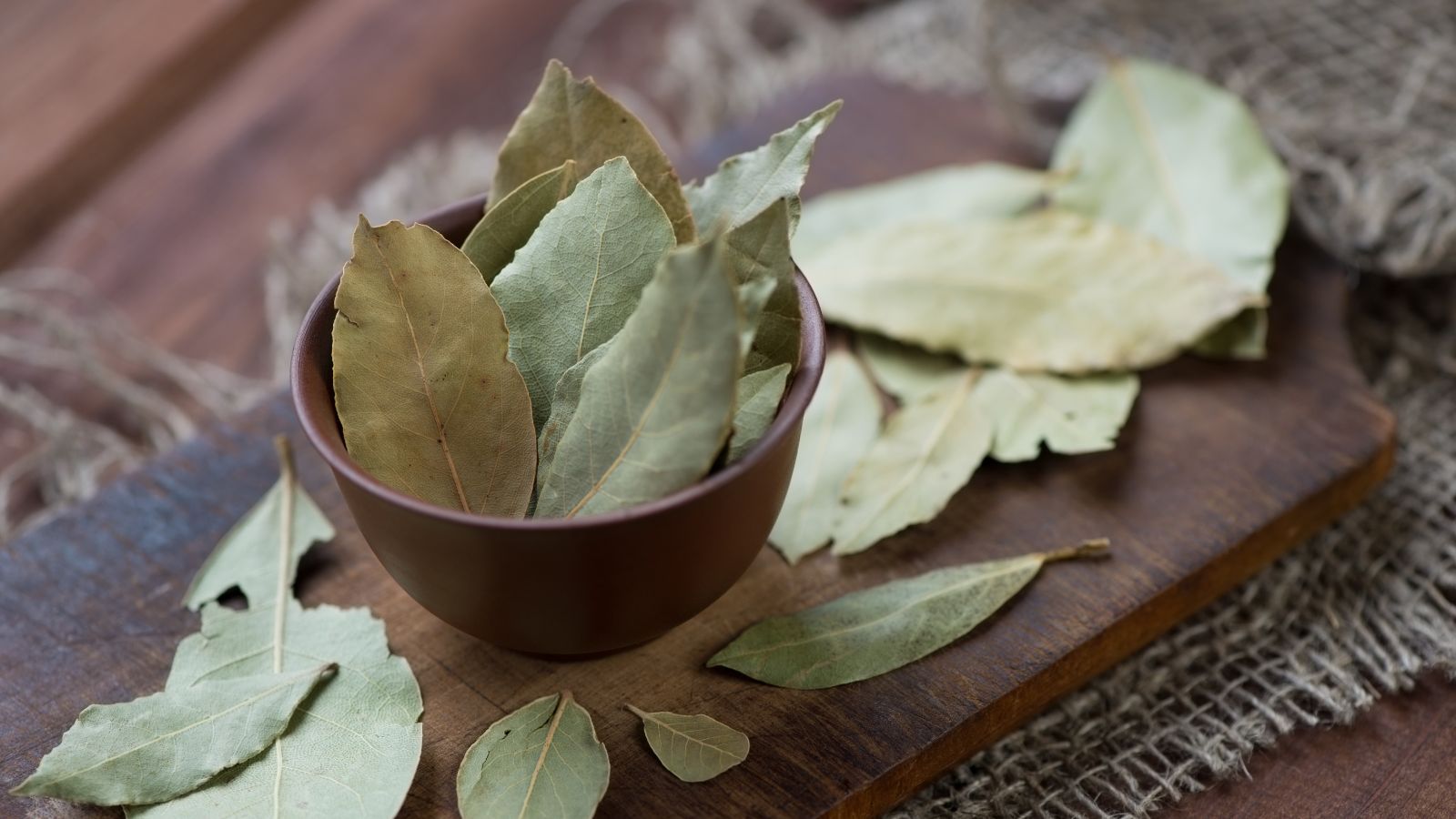
Adding a bay leaf or two into your pot is like laying down a foundation of flavor. These aromatic leaves infuse dishes with a subtle depth and complexity, complementing the bold spices that Indian cooking is known for. They’re particularly effective in slow-cooked dishes, where they have the time to gently release their warm, slightly floral notes, rounding out flavors and bringing a sense of harmony to the dish.
Tamarind

Tamarind brings a tangy, sweet-and-sour profile to the Indian flavor palette, offering a natural way to add acidity to dishes. This fruit’s pulp is used in chutneys, curries, and even in drinks, balancing the heat and spices with its refreshing zest. Its ability to transform a dish’s flavor profile with just a touch makes tamarind a cherished ingredient in Indian kitchens.
Yogurt

Yogurt is the cooling counterpoint to the heat of Indian spices, bringing a creamy, soothing texture and a slight tang to dishes. It’s used in marinades to tenderize meats, as a base for raitas to accompany spicy meals, and even in curries to add richness and body. Yogurt’s versatility and balancing act make it an essential component in creating dishes that are full-bodied yet harmonious.
These ingredients are the building blocks of Indian cuisine, each bringing their unique flavors and aromas to create dishes that are as diverse as they are delicious. With these essentials in your pantry, you’re well-equipped to tackle the vast and vibrant world of Indian cooking, turning simple meals into extraordinary experiences.
